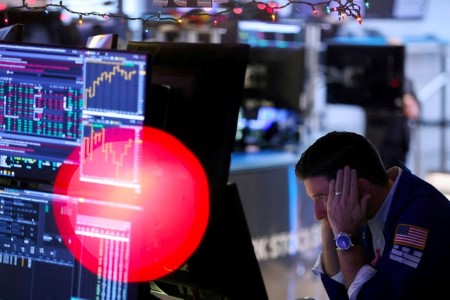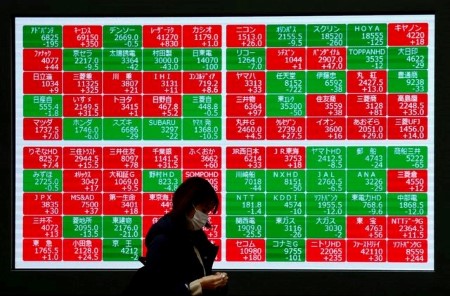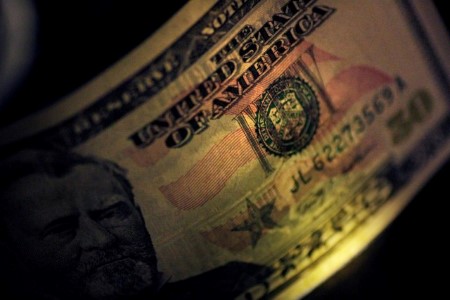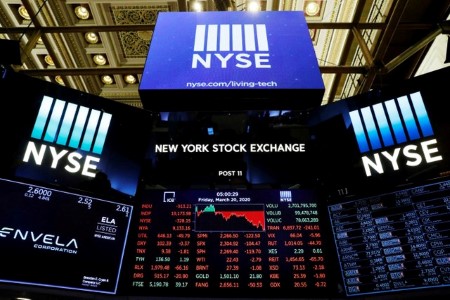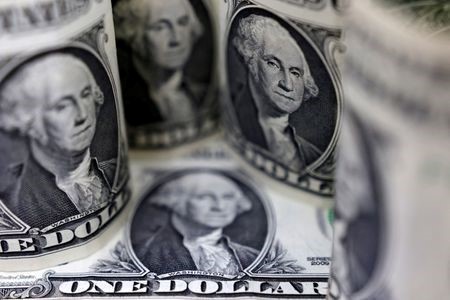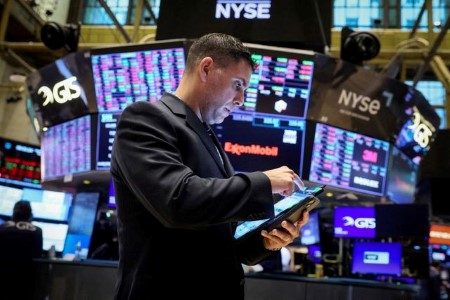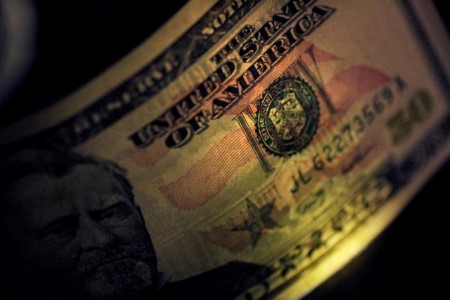NEW YORK – S&P 500 and the Nasdaq edged higher in a choppy session on Monday amid soft manufacturing sector data and as a glitch on the NYSE briefly caused trading halts in dozens of equities.
A glitch at the New York Stock Exchange had triggered massive swings in the shares of Berkshire Hathaway and Barrick Gold. Trading in at least 60 NYSE-listed stocks was halted due to the volatility, before the bourse fixed the technical issue and activity resumed.
Benchmark S&P 500 and the Nasdaq finished higher after paring earlier losses on the sesson, while the Dow lost ground. Technology stocks were the biggest gainers, while energy equities were the biggest drag.
Markets had weighed data showing US manufacturing activity had slowed for the second straight month, raising concerns of weakening economic growth.
“It’s one of those days where people are waiting for the next catalyst with a choppy move after earnings,” said Keith Lerner, co-chief investment officer at Truist Advisory Services in Atlanta.
“There’s a bit of a tug of war between the market seeing weakening data and the expectation that the Fed may cut rates,” Lerner added.
Traders see a 59% chance that the Fed will begin cutting rates in September, up from about 53% before the ISM data was released, according to the CME’s FedWatch tool. Benchmark US 10-year note yields fell to a two-week low following the soft manufacturing data.
The Dow Jones Industrial Average fell 115.29 points, or 0.30%, to 38,571.03, the S&P 500 gained 5.89 points, or 0.11%, to 5,283.40 and the Nasdaq Composite gained 93.66 points, or 0.56%, to 16,828.67.
Nvidia rose 4.9% after CEO Jensen Huang revealed that the company’s next-generation AI chip platform would be rolled out in 2026.
Shares of other megacaps, including Apple, Amazon, Alphabet, and Meta closed higher. Microsoft and Tesla finished lower.
GameStop soared 21% after a weekend Reddit post from stocks influencer Keith Gill, also known as “Roaring Kitty”, showed a USD 116 million bet on the gaming retailer.
Investors will be eyeing a data-packed week that includes surveys on the services sector, factory orders, and Friday’s closely watched nonfarm payrolls report, which could provide clues to the Fed’s likely course of action with regards to rates.
Advancing issues outnumbered decliners by a 1.03-to-1 ratio on the NYSE. On the Nasdaq, 2,146 stocks rose and 2,171 fell as declining issues outnumbered advancers by a 1.01-to-1 ratio.
The S&P 500 posted 25 new 52-week highs and 3 new lows while the Nasdaq Composite recorded 68 new highs and 101 new lows.
The total volume of shares traded across US exchanges was about 11.5 billion shares, compared with the 12.6 billion average over the last 20 trading days.
(Reporting by Chibuike Oguh in New York; additional reporting by Lisa Mattackal and Johann M Cherian in Bengaluru; Editing by Pooja Desai and Aurora Ellis)







 DOWNLOAD
DOWNLOAD




